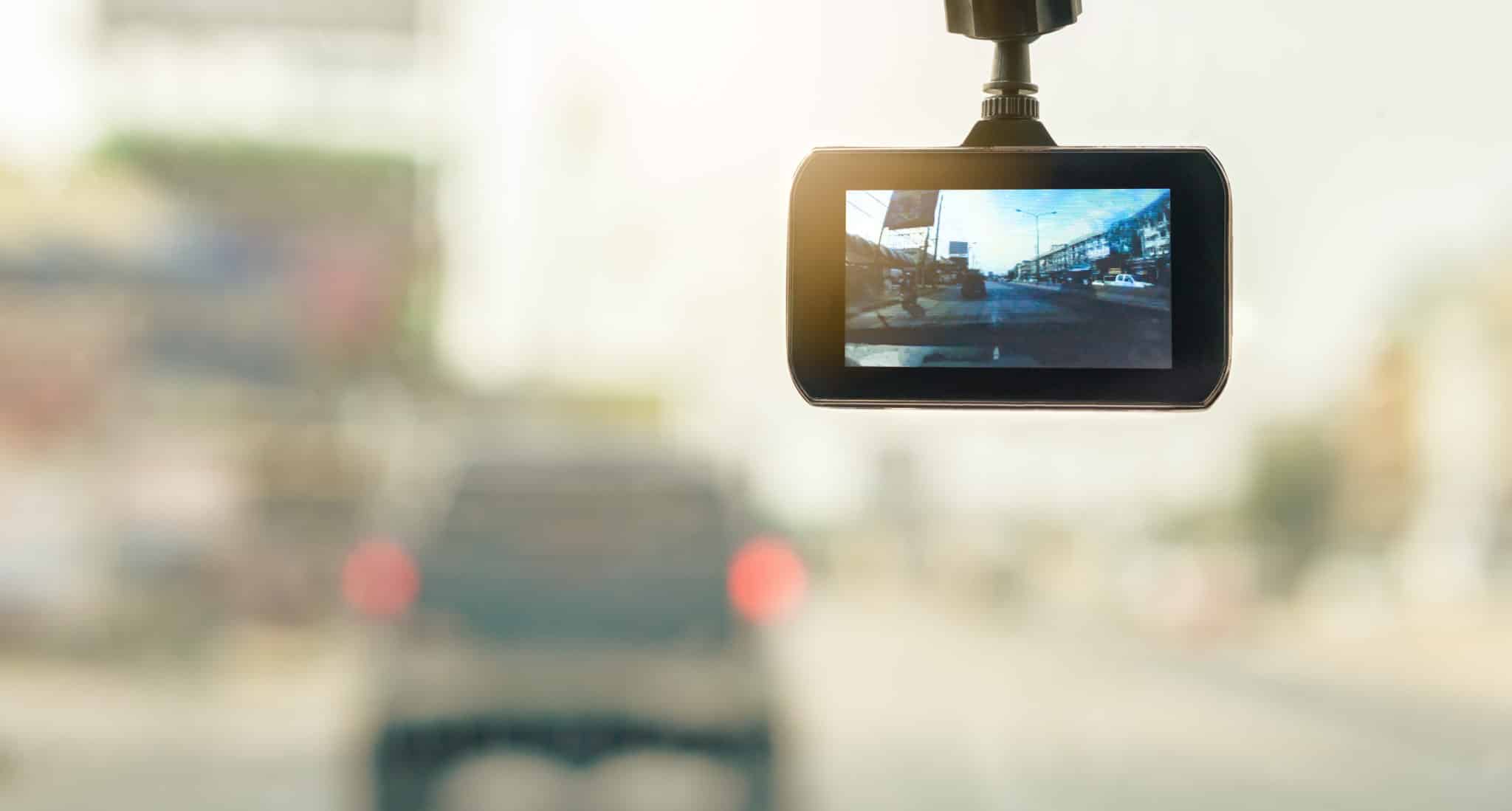
Dashboard cameras are more accessible than ever before: you can buy one for as low as $50 and many new vehicles come with at least one camera already preinstalled. In fact, a Tesla Model 3 has eight built-in cameras that can record and save footage when the car is moving or parked.
With more digital eyes on the road than ever before, you may be wondering if a dash cam could provide evidence that would help you in an accident benefit or personal injury claim. Unfortunately, there is no clear cut answer: while a dash cam will help in some cases, it can also add increased complexity and risk in others.
When it comes to proving who is at fault, a dash camera is not always helpful
You may think that having video footage of an accident means that there is no issue in proving liability in an accident dispute. While a camera will help in some instances, frequently it can actually introduce additional issues.
Consider this possibility: your car is struck by a left-turning driver going through an intersection on a yellow light.
Under the Insurance Act’s Fault Determination Rules (the rules that insurance companies are required to use to assign liability), the left-turning driver is 100% at fault. Unless the other driver can find witnesses or evidence to rebut this presumption, they will be liable for your damages.
However, during discovery, the other driver’s insurance company learns you have dash cam footage of the accident and requests a copy. You cannot simply refuse to hand over the video on the basis that it is not favourable, and now the other side has new evidence that could affect your case. Perhaps the video evidence changes nothing, or you may have just given your adversary an opportunity to argue that you were speeding or could have safely stopped but didn’t.
It’s your camera, but that does not mean it’s your footage
It is very important to note that while an accident might be recorded on your personal dash cam, you cannot do whatever you want with the video. In fact, there could be serious consequences if you do not hand over your footage of the accident in litigation proceedings.
Consider a different scenario: you are involved in a non-contentious accident and you have dash cam footage of the incident, but then you lose or accidentally delete the footage.
Now, the other side has the ability to argue spoliation: the intentional destruction of relevant evidence when litigation is existing or pending. Recently a tribunal in British Columbia used the failure to provide dash cam footage as a basis to dismiss a claim. As the tribunal decision noted:
“I find it more likely than not that there is a non-innocent explanation for its absence in this dispute, either because she destroyed it or failed to provide it. I find that an adverse inference is appropriate. I find that if the dashcam footage supported Ms. Li’s account of what happened, she would have provided it.”
One thing is clear: if you do have a dash cam installed in your vehicle, make sure to take great care in handling the footage or its destruction or absence could be used against you.
Photo finish: What a camera can and cannot capture
A dash camera can help to identify a vehicle’s make, model, color, and licence plate if you find yourself in a hit-and-run accident. The footage could also show important information about the other driver’s conduct after the accident. It might show them admitting fault, acting intoxicated, or being aggressive or erratic. While you may also be able to film some of this evidence with your phone, there is clearly a benefit to having this information automatically recorded.
On the other hand, it may be possible that the dash camera automatically records your own improper conduct. Furthermore, what happens if the footage does not accurately depict the severity of the accident or the full set of circumstances? For example, some accidents can look minor but cause serious injuries, especially to the neck or spine. It could also be the case that the recording fails to capture the full field of view, or does not include vital events that happened off-camera.
Finally, what if you are gathering something that you already have? Accident details are often available through your car’s ‘black box’, which records how fast a car was going, the position of the throttle, brake application, airbag deployment, seatbelt use, steering angles, and a range of other information. In addition, collision reconstruction engineers can use a variety of tools and techniques to determine the circumstances of an accident with much greater detail and precision than they would through the use of video footage.
A dash camera can certainly help some people with their accident benefit or personal injury claims, but it can also add additional complexity and risk. You should think carefully before installing one in your vehicle, and be sure to handle any resulting video footage with care.
At Howie, Sacks & Henry we represent all manner of accident victims, including those who have suffered injury at the hands of negligent operators of automobiles and trucks.





